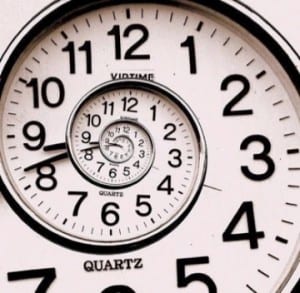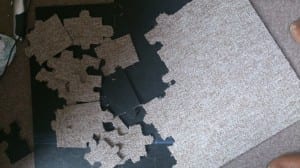In our performance, we found that although we did not have a constant audience at all times throughout, we were noticed and intriguing to the members of the public that visited the museum that day. People would drift in and out and then come back later to see the progression of our piece. It was almost as if they thought they might be missing out on something and wanted to know what we would do next, which I found very encouraging for the overall reaction that we got from the public.
At the beginning of our piece, there was quite a considerable audience for the first hour as they watched us awaken from our fictitious slumber and start our day,controlled by the sound of a ticking clock. it was interesting to see the people who wanted to see more was generally families with young children, as the children found it either intriguing and as I remember, kept asking their parents questions about us.
‘Who are they, Mummy?’
‘Are they real?’
‘What’s that sound?’
It was encouraging to know that we were being noticed in the way that we had hoped to be and that, even though they were young children, we were being observed and questioned, not just passively watched by an uninspired audience. Not only did the children ask questions, but in order to educate their children more, parents were asking questions so together they could work out the meaning behind.
‘What sounds can you hear?’
‘What’s that on wall? Is it a clock?’
‘Do you think the sound is coming from those watches in the cabinet?’
‘What do you think they’re doing now?’
The audience response was overall very good and even when the clock puzzle was being formed by ourselves, people were walking around us and peering in to the centre of the circle to see how the puzzle was coming together. If we were to change something with regards to the performance, I would suggest audience interaction would be good, especially as a learning technique for young children. They could be incorporated into helping us put the puzzle back together, as even for us it was a fun task that we could all co-operate in.
There were a few audience members that did not appreciate what we were doing in the space. Some people would walk to the doorway, glance in, and then quickly turn around and head to another room. One woman laughed as she stood and watched us, another asked her husband ‘Is this even worth looking at?’ while her husband replied with a brief ‘Let’s go somewhere else.’ We of course did not expect for everyone to fully appreciate what we were doing as performance is not everyone’s ‘cup of tea’ and it was actually good to see that people were still observing us and questioning what we were doing even if they quickly decided that the did not like it.


